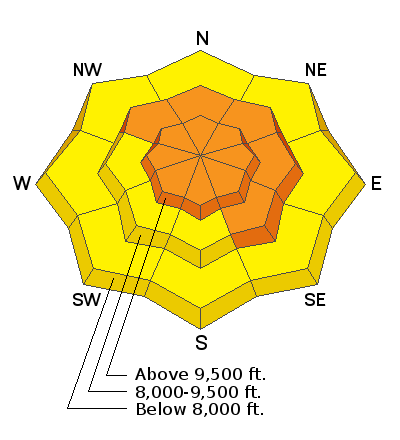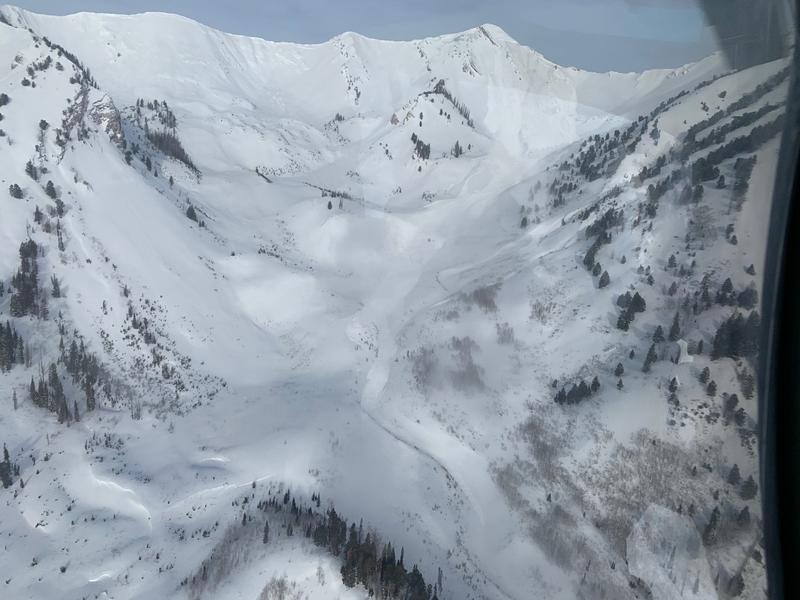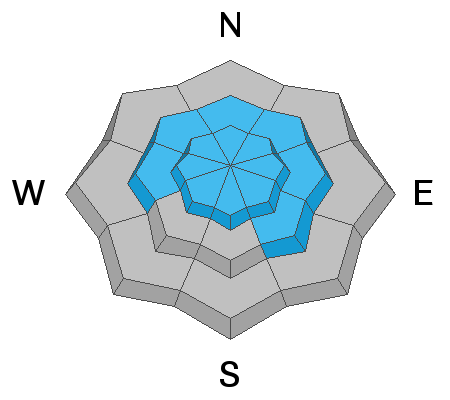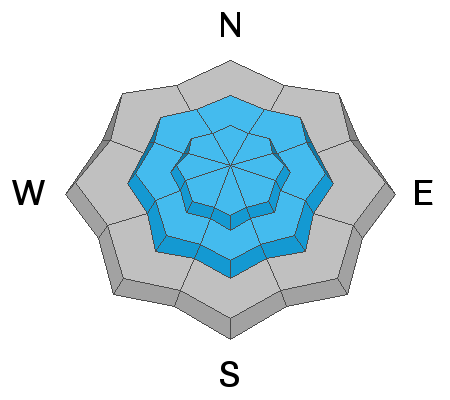Forecast for the Provo Area Mountains

Issued by Trent Meisenheimer on
Thursday morning, February 25, 2021
Thursday morning, February 25, 2021
Areas of CONSIDERABLE avalanche danger exist on many slopes at the mid and upper elevations. The avalanche danger is most prevalent on the west to north to southeast-facing slopes where weak faceted snow exists and on any recent wind drifted slope.
Considerable means; that dangerous avalanche conditions exist, careful snowpack evaluation, cautious route-finding, and conservative decision-making skills are essential.
Cornices are large and should be avoided. Give these yawning giants a wide berth if traveling on or below ridgelines.

Low
Moderate
Considerable
High
Extreme
Learn how to read the forecast here









